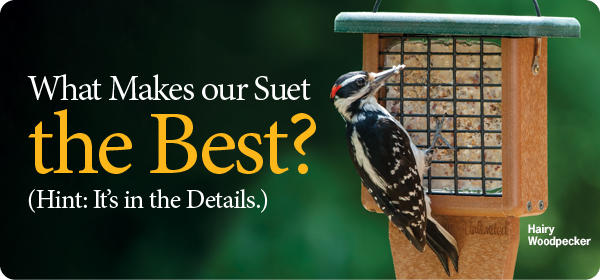 Join our Team!
Join our Team!
Click here for application
Caring for your feathered friends during the hot Texas summers...

Help Birds Beat the Summer Heat
Water (or the lack thereof) can be deadly serious for birds. Birds must be ready to fly at all times, and bathing is a critical part of feather maintenance and staying in top-flight condition. Whether they are feeder visitors or not, birds need water. Offering a dependable source of water is probably the simplest and most important step you can take to greatly increase the variety of birds in your yard.
Water is also vitally important when it's extremely hot and a bird’s ability to regulate its body temperature can become stressed. Birds do not sweat and must remove excess body heat through their respiratory system. So when temperatures rise, a bird's respiration rate increases, sometimes to the point that it can be seen panting like a dog. This activity dehydrates birds and increases their need for a reliable source of water to replace lost fluids.
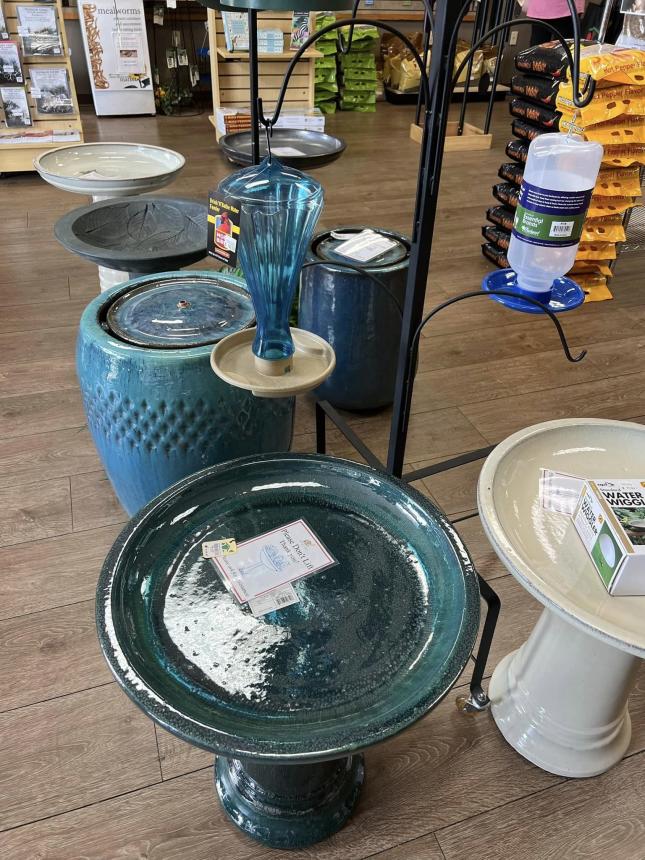
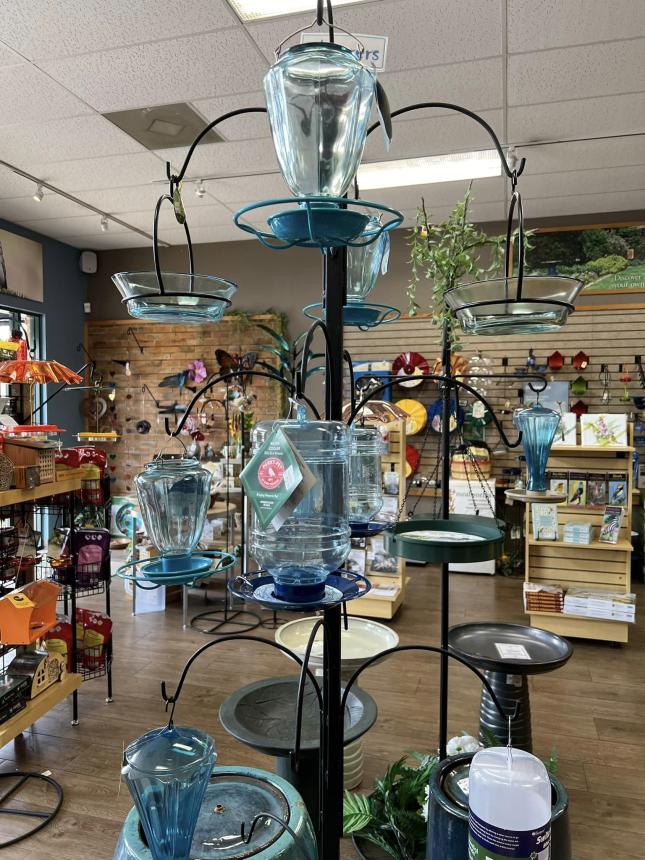
Don’t Stop Now! The Perks of Summer Bird Feeding
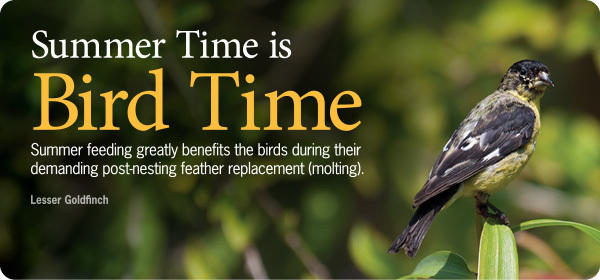
If you’ve been around bird feeding for any length of time, you’ve likely heard the old expression, “I don’t feed the birds in summer because they don’t need it!”
Well, if they don’t “need it,” they sure do seem to love it!
Summer is actually the most heavily bird populated season in most of North America, and contrary to the old expression, recent research shows summer to be the most abundant season for birds to visit feeders. Feeding birds in the summer actually provides numerous perks for them…and for you, too.
If they could read the research, birds would share that having access to a reliable source of supplemental foods, rich in protein, fats and calcium has been documented to facilitate higher nesting success rates. And yes, many birds nest well into late-summer…think bluebirds, goldfinches, cardinals, robins and others.
In addition, they would be sure to mention that it greatly benefits them during their demanding post-nesting feather replacement (molting). This weeks-long process of shedding and growing a new set of feathers requires more protein and energy (fats) in their diet than at any other time of the year.
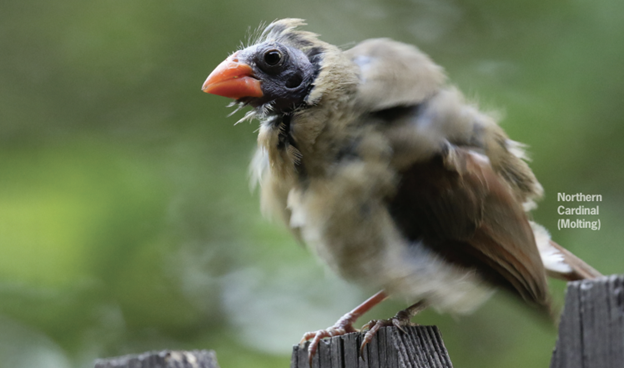
(Molting Northern Cardinal)
As for us, who would really want to miss out on summer’s spectacular display of beautiful hummingbirds, colorful orioles, brilliant goldfinches, musical wrens, cheerful bluebirds, robust woodpeckers and the always entertaining antics of baby birds as they try to master feeding from our feeders?
Summer bird feeding brings a wealth of new birds to your yard, with interesting behaviors for you to observe and enjoy. This large cast of avian characters at your summer feeders will be dressed in their finest breeding plumage, ready to provide you with hours of bird feeding fun.
So, let’s put the old expression to bed!
